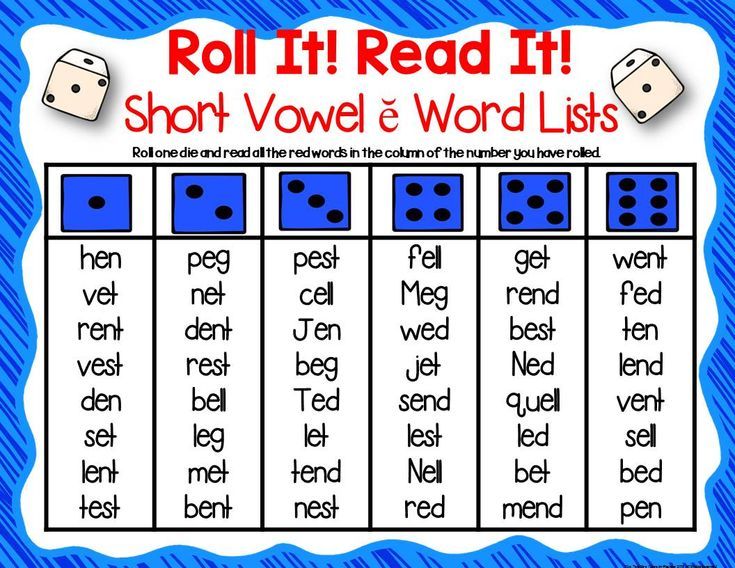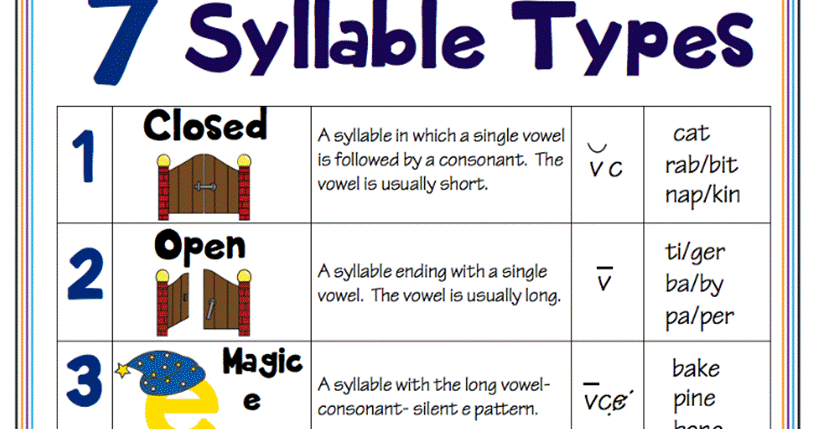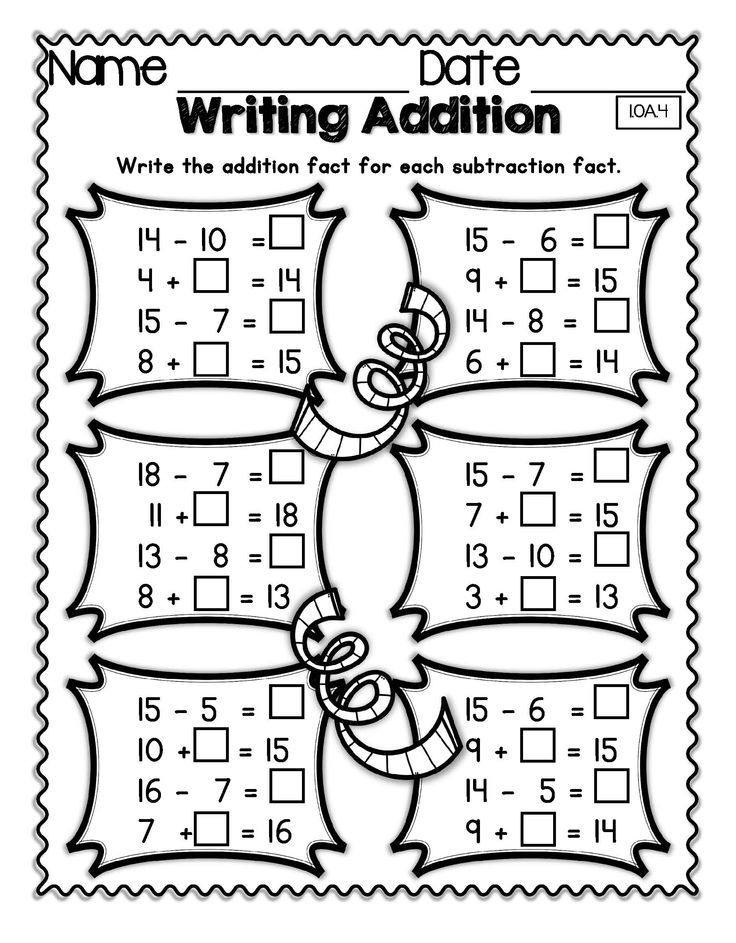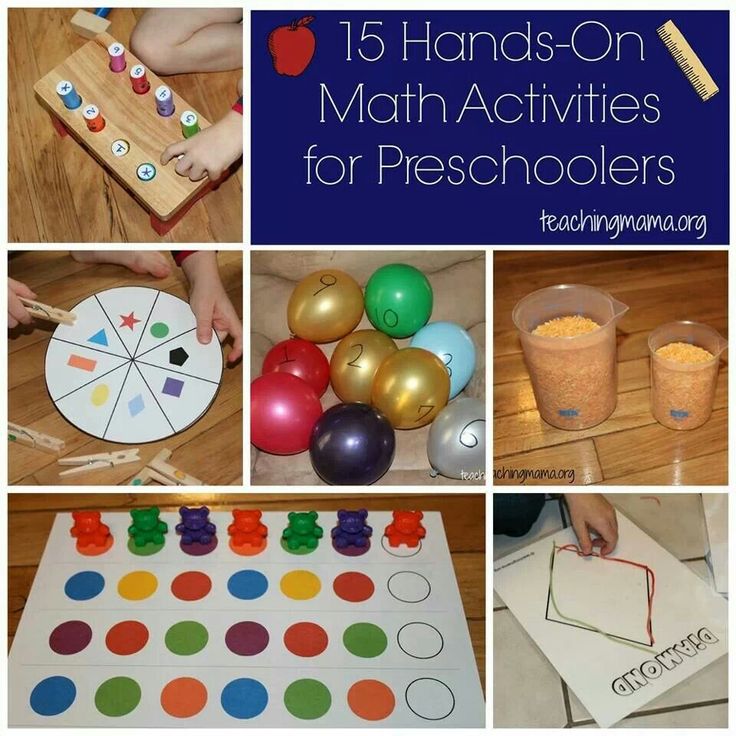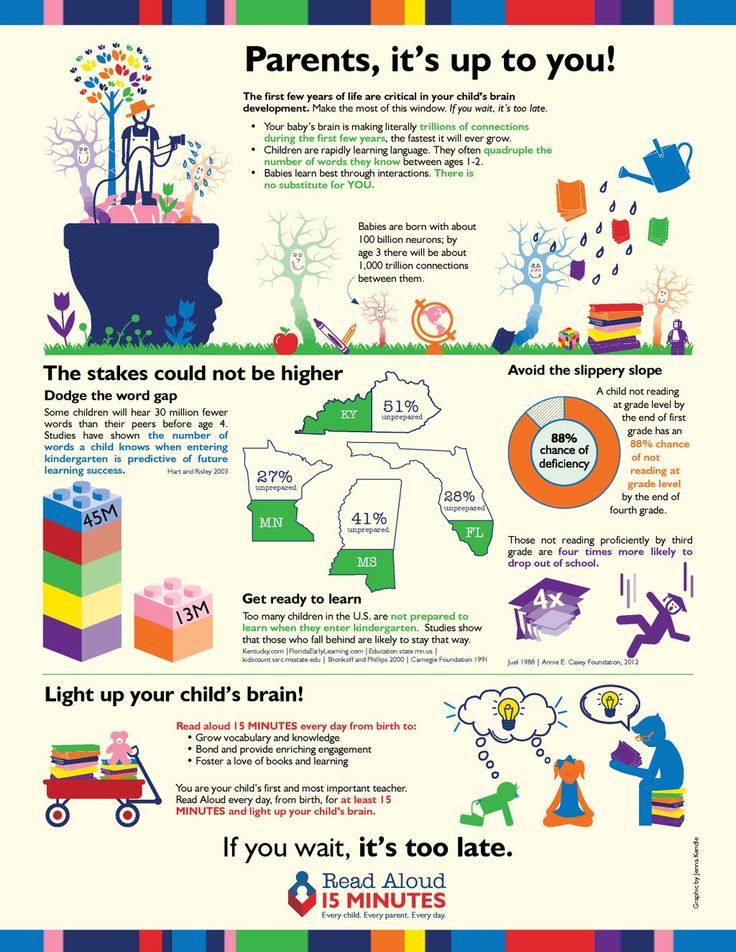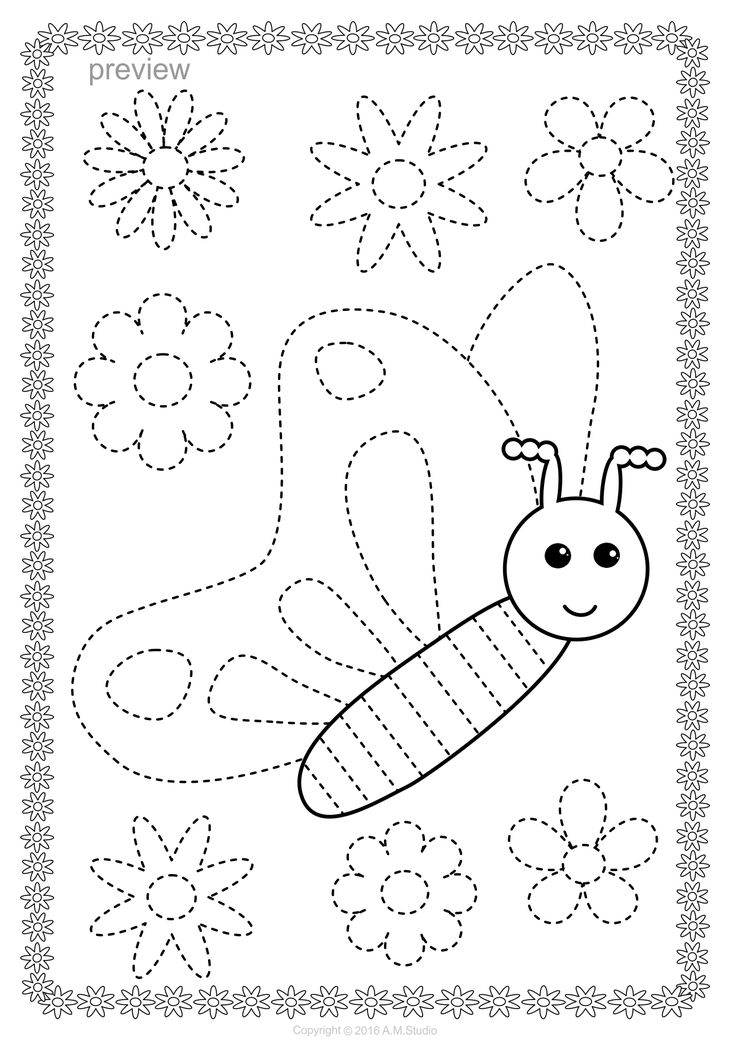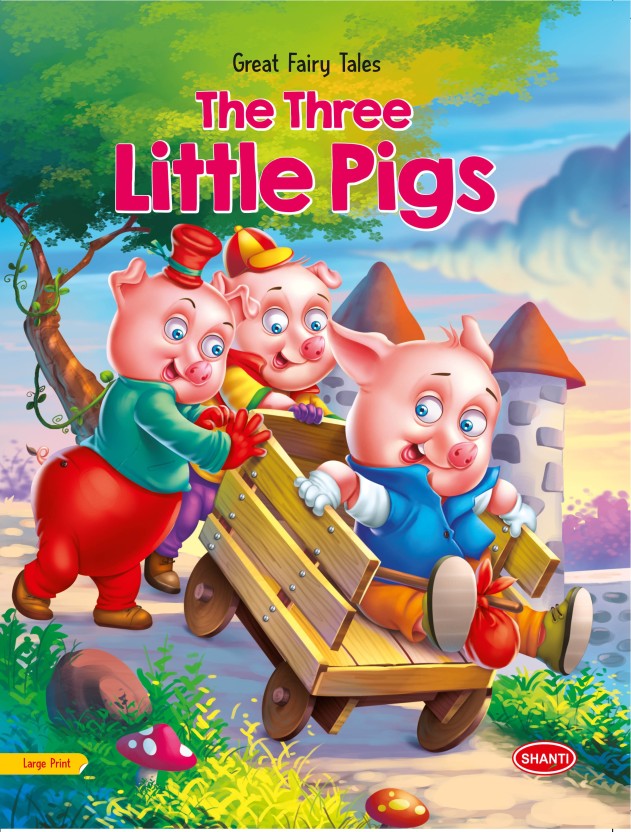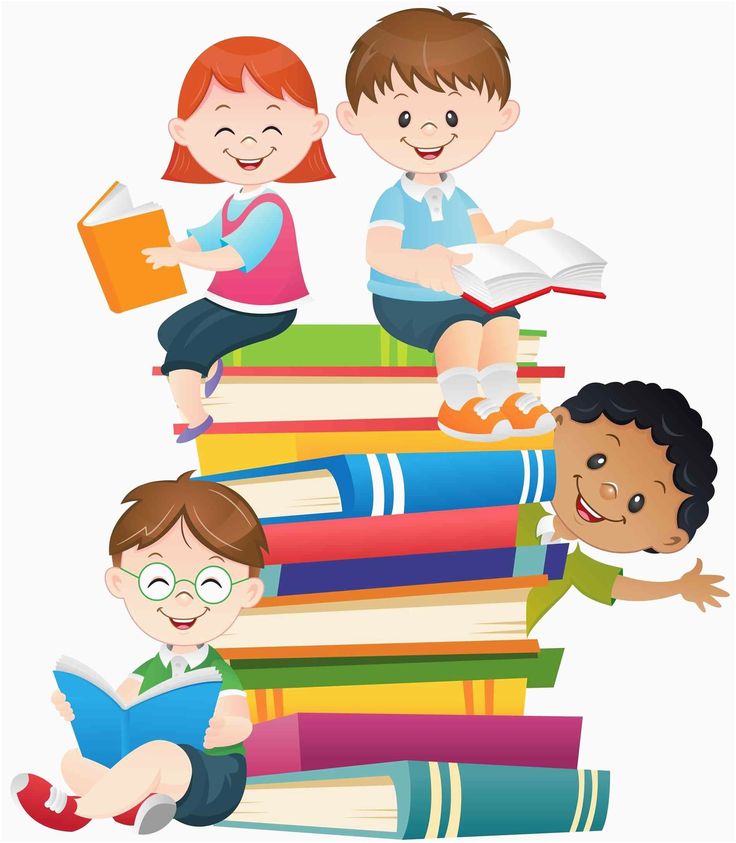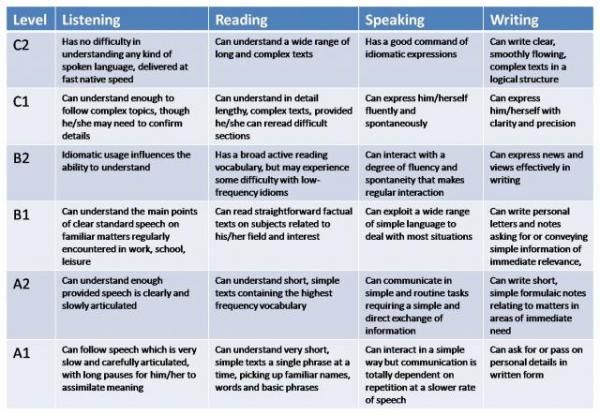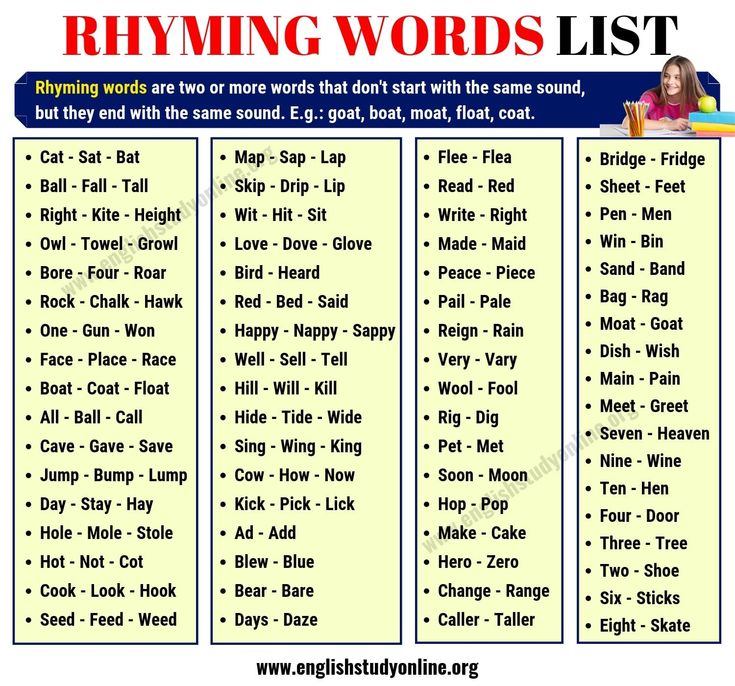Reading words games
Sight Words Go Fish | Sight Words: Teach Your Child to Read
- Overview
- Materials
- Activity
- Confidence Builder
- Assessment
- Printable Go Fish Cards
- Questions and Answers
Sight Words Go Fish is a vocabulary-themed variation of the classic Go Fish card game, for 2-4 players. Introducing this game is easiest when the children already have experience playing the traditional Go Fish game, because they will already understand the game dynamics and can focus their attention on the reading aspect. This is of particular importance for younger children, who can get overwhelmed with having to learn a new game and new words at the same time.
The goal is to collect more pairs of matching cards than anyone else. Children must read the sight word on the card they wish to play and be able to read the words that are requested by other players. It is another fun way to give children extensive exposure to a variety of sight words.
Image: Sight Words Go Fish
↑ Top
For Sight Words Go Fish, you will make and use a set of cards with various word pairs. The number of pairs depends on how many words you select when creating the cards. You can also remove some pairs from your deck of cards to make it a more manageable size.
Use our Go Fish Card Generator to create a set of cards and print them out, preferably on heavy-duty cardstock paper. You will want to use a mix of newer words that the children have not yet mastered and familiar words that could use some review.
↑ Top
These instructions are for a game with 3-4 players. Sight Words Go Fish can also be played easily with just two players.
Video: How to Play Sight Words Go Fish
Deal 5 cards to each player (7 cards each if there are only 2 players), then place the remaining cards face down in the middle of the circle formed by the players. All the players look at their cards but do not reveal them to each other.
All the players look at their cards but do not reveal them to each other.
Player A takes the first turn. Player A selects one of her cards and reads the word on it out loud, moving her index finger from left to right underneath the letters as she reads. (An adult should demonstrate this reading technique at the start of the game to teach or remind children how best to read the word.)
Player A then selects another player and asks him, “Player C, do you have any cards with the word BEFORE?” If Player C has a card with that word, he must say “Yes, I have a card with the word BEFORE,” and hand it to Player A, who then gets another turn. If any player struggles with reading or pronouncing a word, take a moment to go through the sight words correction to reinforce the correct pronunciation.
If Player C does not have any of the requested card, he shouts, “Go Fish!” Player A must then draw a card from the stack. If the drawn card has the word she was looking for, she shows the card and gets to take another turn.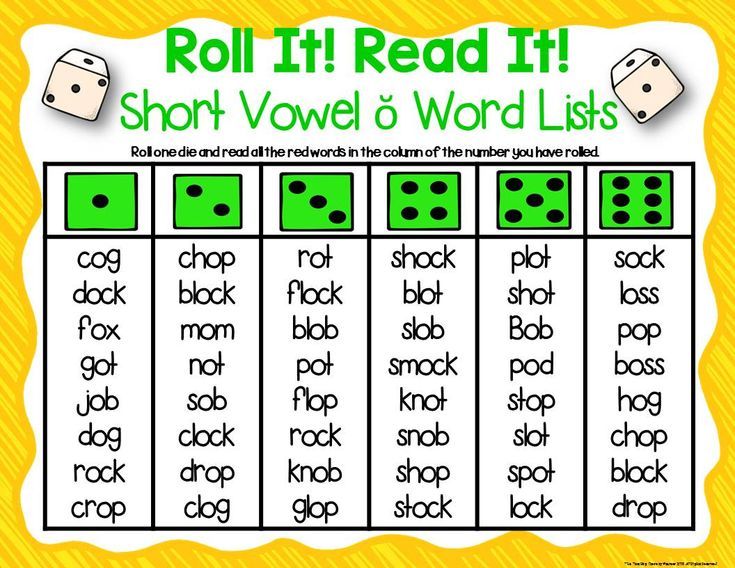 Otherwise, her turn ends, and the child who said “Go Fish” gets the next turn.
Otherwise, her turn ends, and the child who said “Go Fish” gets the next turn.
If a player collects both cards of a particular word pair, he puts them in a face-up stack in front of him. The game continues until someone has no cards left or the face-down stack runs out. The winner is the player with the most pairs of matching cards.
↑ Top
To make the game a little easier, especially for a younger child, simply use fewer pairs of cards.
↑ Top
Observe the game, whether it’s watching your own child in your 2-player game or observing a group of students in a 4-player game. Make note of which words the children have mastered, and which ones are still a bit of a struggle. Be on the lookout for individual children who are struggling with several of the words.
A child is considered to have mastered the sight words in this activity when she can consistently recognize and read all the word cards in her hand, with confidence and without any noticeable hesitation.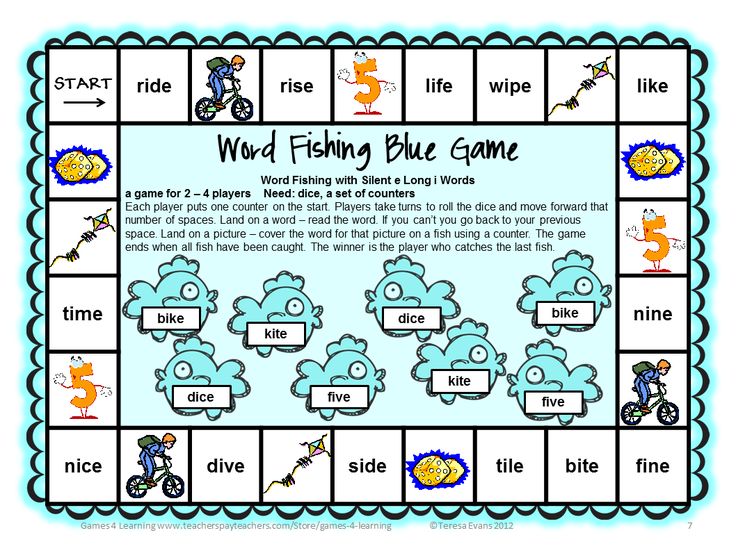
↑ Top
Create your own custom Go Fish Cards or use some of our pre-made templates below.
6.1 Blank Go Fish Card Templates
- Blank Go Fish Card Templates (Write in your own words)
6.2 Dolch Sight Words Go Fish Cards
- Pre-K Dolch Words (40 words)
- Kindergarten Dolch Words (52 words)
- 1st Grade Dolch Words (41 words)
- 2nd Grade Dolch Words (46 words)
- 3rd Grade Dolch Words(41 words)
- Noun Dolch Words (95 words)
6.3 Fry Sight Words Go Fish Cards
- 1st 100 Fry Words (100 words)
- 2nd 100 Fry Words (100 words)
- 3rd 100 Fry Words (100 words)
- 4th 100 Fry Words (100 words)
- 5th 100 Fry Words (100 words)
- 6th 100 Fry Words (100 words)
- 7th 100 Fry Words (100 words)
- 8th 100 Fry Words (100 words)
- 9th 100 Fry Words (100 words)
- 10th 100 Fry Words (100 words)
6.
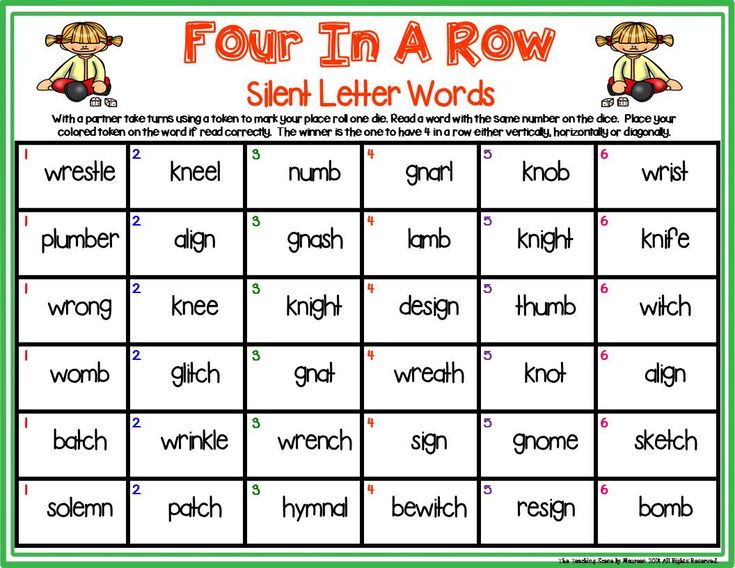 4 Top 150 Written Words Go Fish Cards
4 Top 150 Written Words Go Fish Cards- 1st 50 Words (50 words)
- 2nd 50 Words (50 words)
- 3rd 50 Words (50 words)
To download a template, right-click and select Save As.
These materials are provided under the Creative Commons Attribution 3.0 Unported License. Essentially, this means you can do whatever you want with the resources, provided you leave the attribution hallmark on the resources. You may use these materials in the classroom, at home, as part of a for-profit tutoring business, or for any other purpose. (Except starting forest fires. That’s bad.) You do not need to contact us for permission to use the materials. We want you to use them!
↑ Top
Leave a Reply
Sight Words Boom! | Sight Words: Teach Your Child to Read
- Overview
- Materials
- Activity
- Confidence Builder
- Variation
- Printable Boom! Cards
- Questions and Answers
Sight Words Boom! is a vocabulary-themed game for one or more players.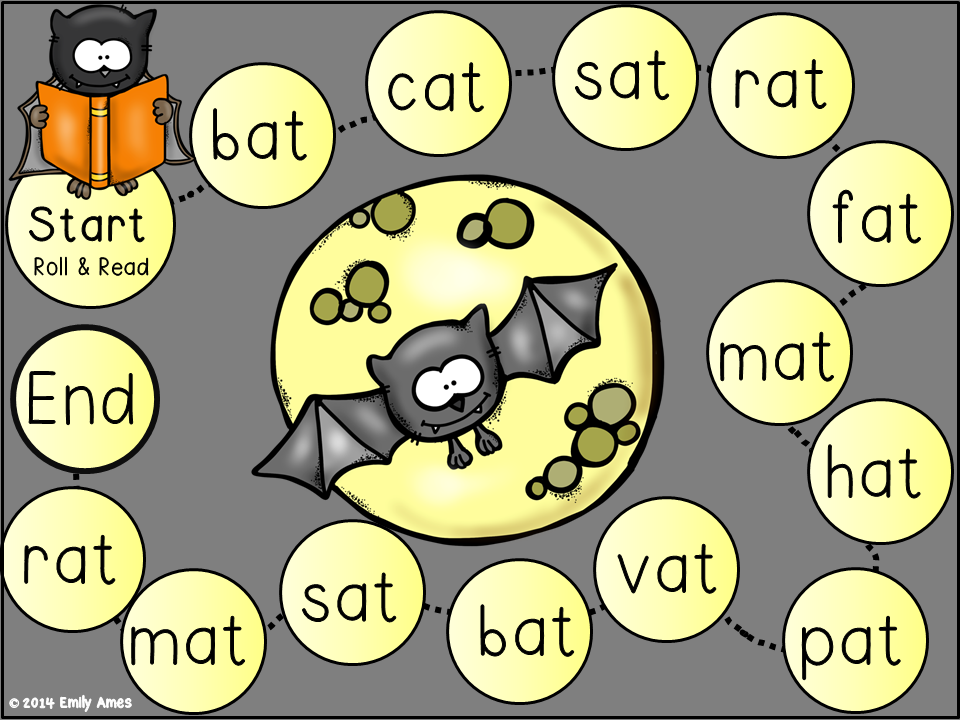 Children will collect cards by correctly reading the sight words printed on them. But watch out for the BOOM cards! Draw a BOOM card, and you lose all the cards you collected and have to start over.
Children will collect cards by correctly reading the sight words printed on them. But watch out for the BOOM cards! Draw a BOOM card, and you lose all the cards you collected and have to start over.
Image: Sight Words Boom!
↑ Top
- Sight Words Boom! cards
Create Boom! cards with our Boom! Card Creator and print the cards out on cardstock paper. Each sheet will have eight sight word cards and one BOOM card. Cut apart the cards along the dotted lines.
↑ Top
Shuffle the cards and put them in a face-down stack. Player A draws a card from the stack and reads the word on it out loud, moving her index finger from left to right underneath the letters as she reads. (An adult should demonstrate this reading technique at the start of the game to teach or remind children how best to read the word.)
If she reads the word correctly, she gets to keep the card.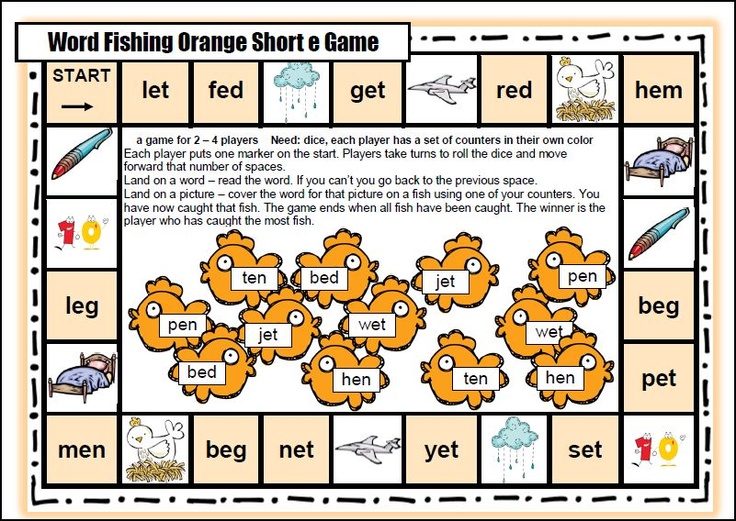 Then Player B takes a turn (if there are multiple players). If Player A does not read the word correctly, Player B gets a chance to read that word and collect a card.
Then Player B takes a turn (if there are multiple players). If Player A does not read the word correctly, Player B gets a chance to read that word and collect a card.
NOTE: If there is a word that no player can read correctly, the adult should set the card aside as a reminder to work on that word in the next day’s lesson.
The BOOM cards are what make this game fun and exciting! If a child draws a BOOM card, she loses all the cards she has collected. On her next turn she can start collecting new cards. The lost cards (including the BOOM card) should be shuffled and added to the bottom of the face-down stack.
Keep playing until all the cards in the face-down stack have been collected. The winner is the player with the most cards.
If there is only one player, she plays to see how many cards she can collect before losing them to a BOOM card. She can play repeatedly, trying to beat her previous record.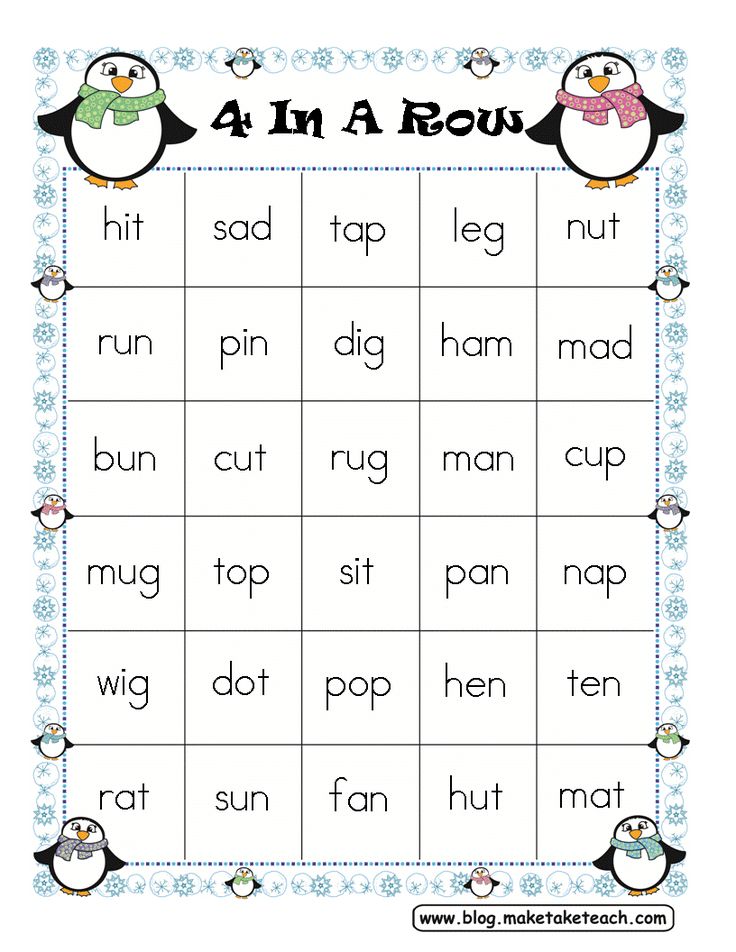
↑ Top
If the child is easily discouraged when she loses her cards, simply play with fewer BOOM cards.
↑ Top
Set a timer for anywhere from one to five minutes. Challenge the players to read as many words and collect as many cards as they can before the time runs out. But they still have to watch out for the BOOM cards!
↑ Top
Create your own custom Boom! cards or use some of our pre-made templates below.
6.1 Blank Boom! Card Templates
- Blank Boom! Card Templates (Write in your own words)
6.2 Dolch Sight Words Boom! Cards
- Pre-K Dolch Words (40 words)
- Kindergarten Dolch Words (52 words)
- 1st Grade Dolch Words (41 words)
- 2nd Grade Dolch Words (46 words)
- 3rd Grade Dolch Words (41 words)
- Noun Dolch Words (95 words)
6.
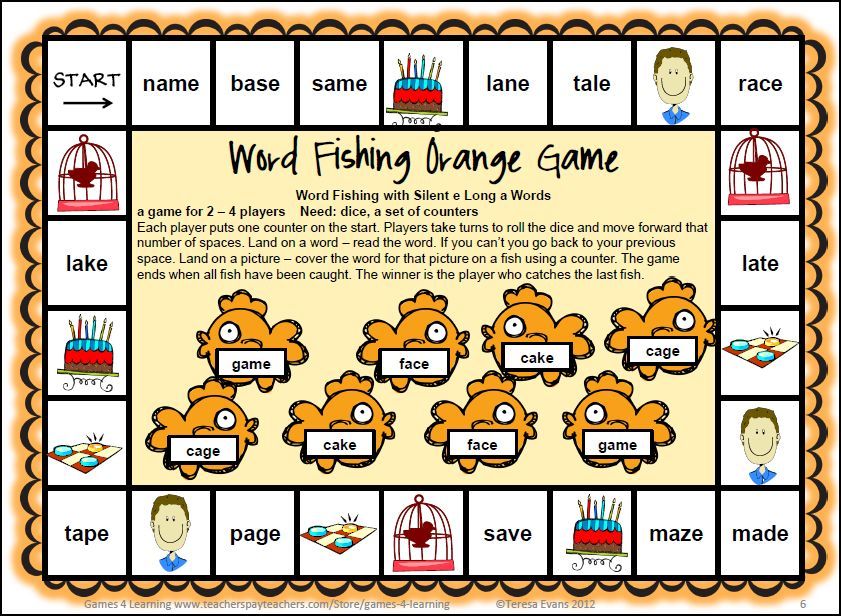 3 Fry Sight Words Boom! Cards
3 Fry Sight Words Boom! Cards- 1st 100 Fry Words (100 words)
- 2nd 100 Fry Words (100 words)
- 3rd 100 Fry Words (100 words)
- 4th 100 Fry Words (100 words)
- 5th 100 Fry Words (100 words)
- 6th 100 Fry Words (100 words)
- 7th 100 Fry Words (100 words)
- 8th 100 Fry Words (100 words)
- 9th 100 Fry Words (100 words)
- 10th 100 Fry Words (100 words)
6.4 Top 150 Written Words Boom! Cards
- 1st 50 Words (50 words)
- 2nd 50 Words (50 words)
- 3rd 50 Words (50 words)
To download a template, right-click and select Save As.
These materials are provided under the Creative Commons Attribution 3.0 Unported License. Essentially, this means you can do whatever you want with the resources, provided you leave the attribution hallmark on the resources. You may use these materials in the classroom, at home, as part of a for-profit tutoring business, or for any other purpose. (Except starting forest fires. That’s bad.) You do not need to contact us for permission to use the materials. We want you to use them!
(Except starting forest fires. That’s bad.) You do not need to contact us for permission to use the materials. We want you to use them!
↑ Top
Leave a Reply
10 cool games that will teach your child to read quickly and without errors
How to teach a child to read confidently, fluently, correctly? Interest and captivate! We offer a selection of games from the teacher, speed reading and memory development instructor Guzel Abdulova.
Gyuzel Abdulova, neuropsychologist, teacher, speed reading and memory development coach, head of the Eidos Intellectual Technology Center
These exciting games will not only arouse interest in reading, but also help develop memory, attention and the level of understanding of texts. Play - reading, read - playing! nine0003
"Racing"
What should be done? Invite the child to read his favorite poem several times, each time increasing the speed and power of the voice.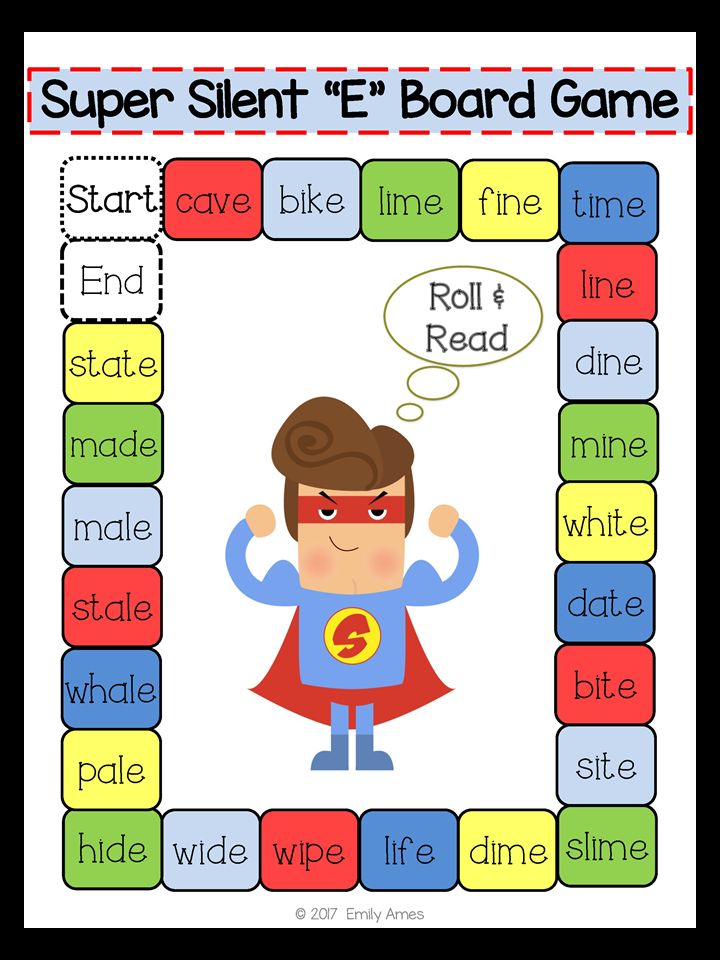
Purpose. The exercise significantly increases the speed of reading, improves reading technique and promotes the development of speech.
"Foreigner"
What should be done? We read the words, highlighting the last syllable, as if with a "foreign" accent. Reading text or columns of words. For example:
There is healthy mind in a healthy body.
Not the one who is RIGHT who is strong, but the one who is honest.
A tree is supported by roots, and a person is supported by friends.
And Vaska listens and eats.
Elbow is close, but you won't bite
The cuckoo praises the rooster for praising the cuckoo.
Alone in the field is not a warrior.
Purpose. This exercise helps children get rid of the habit of swallowing endings. It is quite tedious, so we complete it for 30 seconds. nine0003
"Voices"
What should be done? The task is to read the text in the form of a person or animal, cartoon or literary character.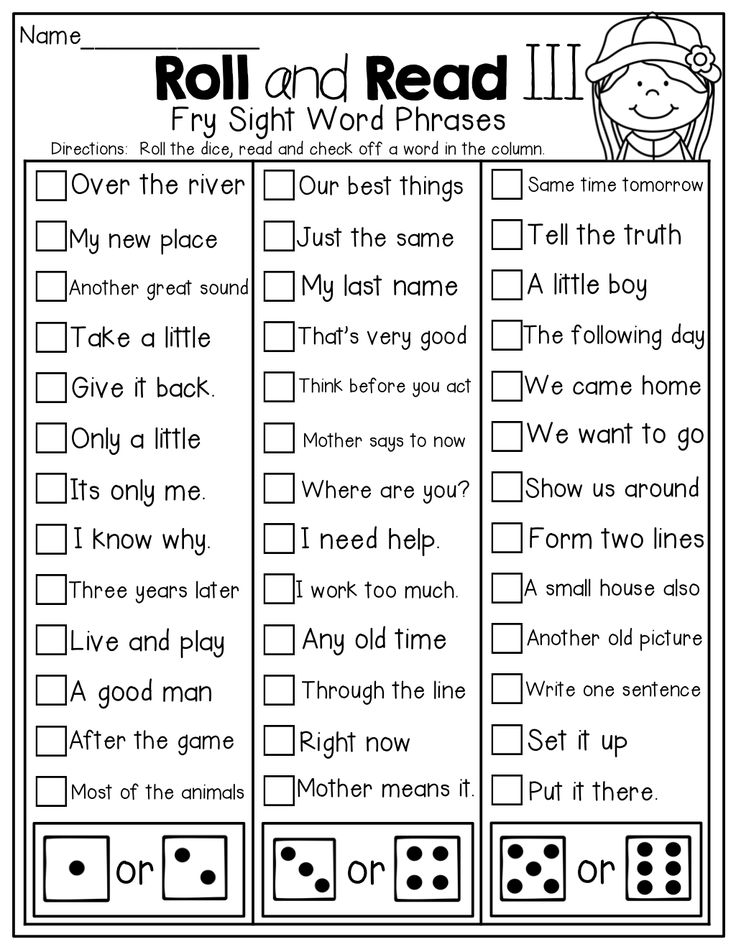 Discuss with the child how Baba Yaga or a mouse, a hare or a wolf would read this text.
Discuss with the child how Baba Yaga or a mouse, a hare or a wolf would read this text.
Purpose. The exercise improves the reading technique, helps to get the kid interested in reading, to show that it is fun and interesting.
"Funny Pictures"
What should be done? For this exercise, you need to match text with a large number of pictures. Cut the pictures and mix. The task of the child is to arrange the pictures in order to restore the sequence of events. nine0015 Option 1. Read the text and put the pictures in order.
Option 2. Tell a story from pictures. Then read the text and compare your version with the one proposed.
Purpose. The exercise contributes to the development of semantic reading and a deeper understanding of what is read.
"Magic puzzles"
What should be done? Cut the text into pieces-puzzles and mix.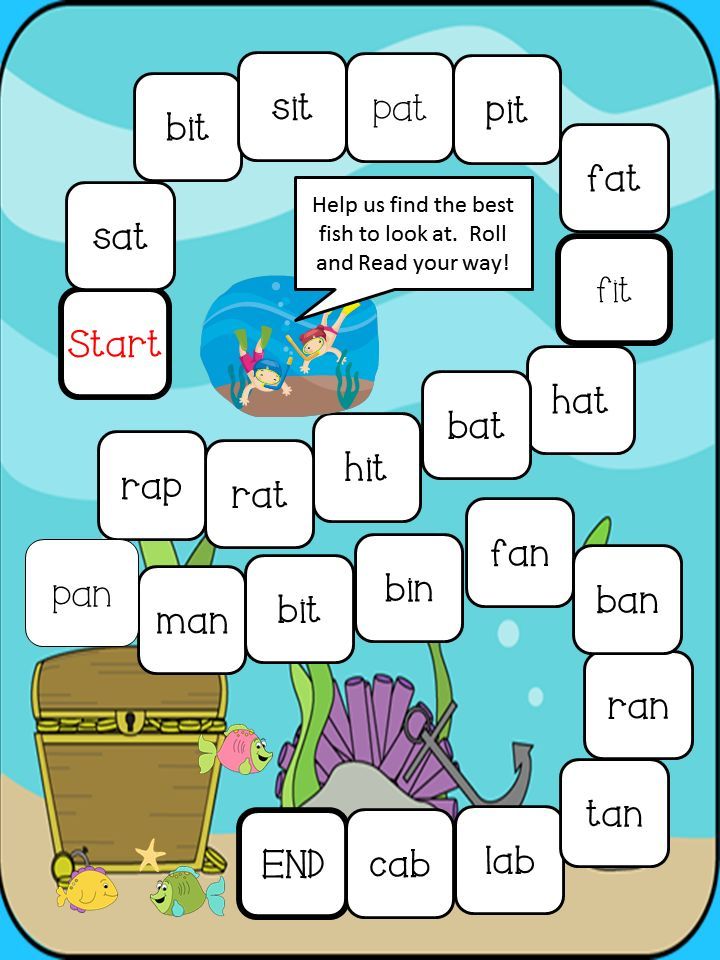 We invite the child to collect them and read the restored text. nine0015 Purpose. The exercise is quite difficult, and memory, attention, and thinking are involved. The skill of semantic reading is being improved. At first, you need to choose familiar texts, better - fairy tales.
We invite the child to collect them and read the restored text. nine0015 Purpose. The exercise is quite difficult, and memory, attention, and thinking are involved. The skill of semantic reading is being improved. At first, you need to choose familiar texts, better - fairy tales.
“The word is lost”
What should be done? Read the text aloud, skipping words. The child must understand which word was missed.
Target . The exercise contributes to the development of attention, the formation of the skill of semantic guessing and a deeper understanding of what is read. nine0003
"First and last"
What should I do? The child reads the text, saying aloud only the first and last letters in the word. Then he should tell what he read about.
Purpose. The exercise trains concentration and quick switching of attention, teaches you to perform several actions at the same time: read, understand, memorize.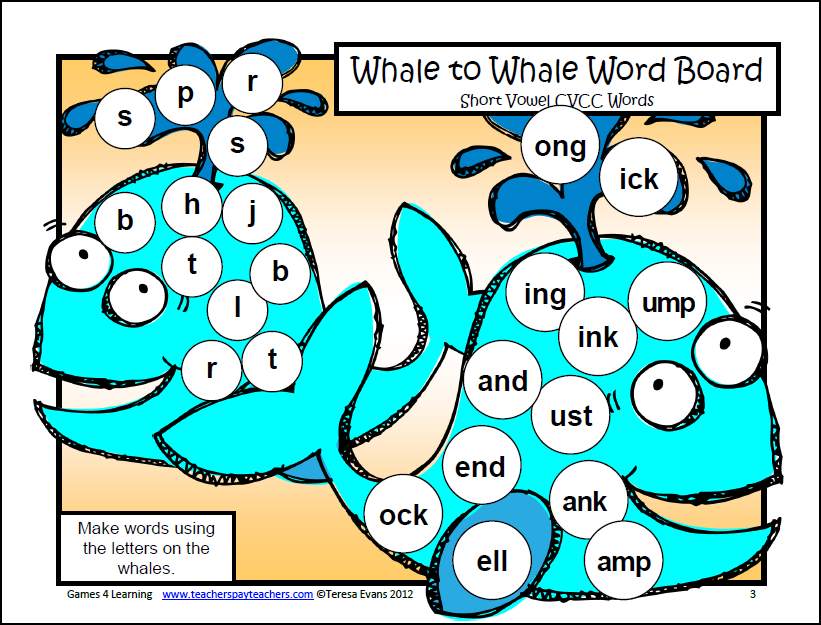
Head-tail
What should I do? Option 1. An adult reads the beginning of the word, and the child must find the "tail", that is, the end of this word. To do this, you need to quickly scan the entire text, find the word and read the ending. nine0015 Option 2. The adult reads the beginning of the sentence, and the child must find its ending.
Purpose. This is a good training for the skills of "scanning" the text with the eyes, concentration and semantic reading.
"Read and count"
What to do? The child must not only read and understand the text, but also count the words. Naturally, for starters, you need small texts - from 10-20 to 40-50 words.
Target. This exercise helps to develop attention and better understand the text.
"Shooting a movie"
What to do? Ask the child to imagine a movie based on the text.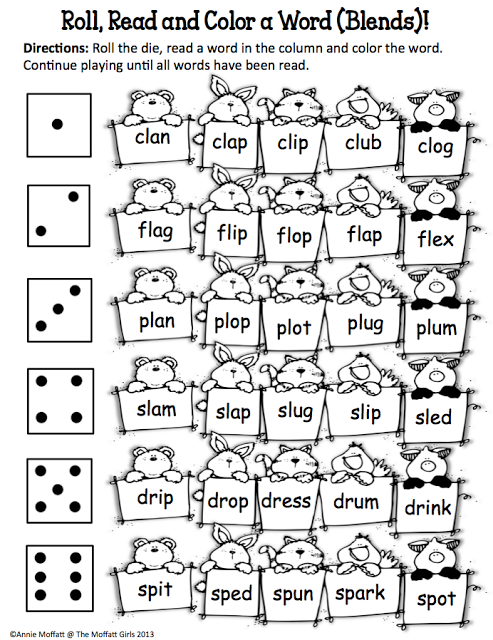 We help with leading questions, find out what he sees and feels when he reads. The task is not only to understand what the text is about, but also to hear sounds, feel smells, tastes, and experience the emotions of the characters. The child must answer your questions and retell the text. nine0015 Purpose. We develop figurative memory, speech, retelling skill. Thanks to the use of the method of co-sensation, children easily remember and tell the text with all the details, even come up with details.
We help with leading questions, find out what he sees and feels when he reads. The task is not only to understand what the text is about, but also to hear sounds, feel smells, tastes, and experience the emotions of the characters. The child must answer your questions and retell the text. nine0015 Purpose. We develop figurative memory, speech, retelling skill. Thanks to the use of the method of co-sensation, children easily remember and tell the text with all the details, even come up with details.
G. Abdulova “We read after the ABC: we develop speed reading”
It is important to teach a child to read correctly. The book by an experienced neuropsychologist, speed reading trainer and head of the Superbrain School of Intellectual Development Gyuzel Abdulova contains interesting and fun exercises that will help a child learn to read fluently without mistakes and hesitations. And although this book is designed for children of primary school age, it will certainly be interesting for parents to study: try to quickly read the text upside down or find a few words in a whole sea of scattered letters.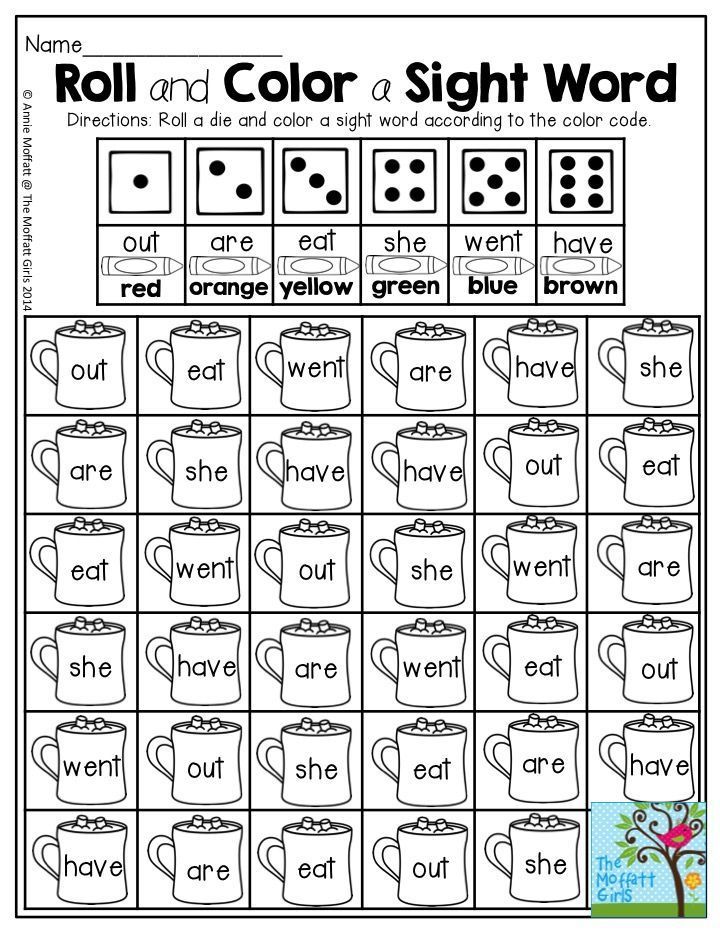 nine0003
nine0003
See also :
5 memory games
How to teach your child to read confidently: 5 tips for parents
"Secrets" and four more children's games for the street
Photo: Prostock-studio, Alex2stundr Luis Molinero/Shutterstock
Tips
Teaching Reading - A set of games and activities to develop reading skills
Learn to Read is full of interesting learning materials for preschool and primary school children. Here are a variety of printable educational materials designed to teach preschoolers to read, as well as to test the child's level of knowledge in the humanities. These tasks are suitable for regular homework with the child, developing his speech and intellectual abilities, as well as fully preparing him for the school curriculum. nine0003
Also in this section you will find classes to develop reading skills and verbal-logical thinking. This category contains printable tasks that educators can use as didactic material for working with a group of children.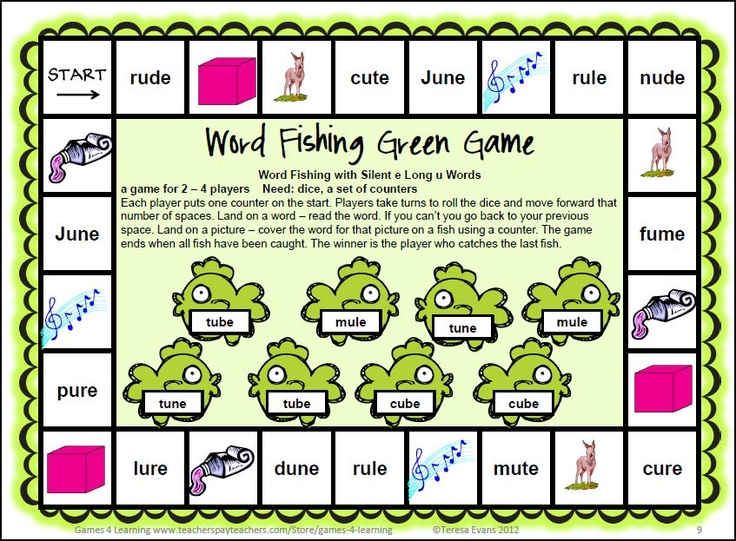 Teaching reading to preschoolers is always faster and more effective when it sparks a child's interest. So do not neglect the variety of materials presented to make classes with your child more fun and interesting.
Teaching reading to preschoolers is always faster and more effective when it sparks a child's interest. So do not neglect the variety of materials presented to make classes with your child more fun and interesting.
Making a word from letters - Reading task
In this section you will find many tasks, in each of which you need to make a word from letters. In some tasks, you need to compose words from given letters, and in some you need to learn the letters yourself (by the first letter of each word-picture). There are also tasks in which you need to make words from mixed letters or find hidden words.
Stories with pictures instead of words for children
Here you can download short stories for children with pictures instead of words for children of preschool and primary school age. When reading the presented stories, you need to insert the right words instead of pictures. This kind of learning to read is very interesting for children who are learning to read. nine0003
nine0003
Russian alphabet in order for preschoolers
Here we will study the Russian alphabet in order, from the letter A to the letter Z. Two letters are given on each worksheet. Each letter corresponds to several pictures. You need to circle only those picture words that begin with a given letter.
Learning the Russian alphabet
In this section you can download materials that will help you learn the Russian alphabet easily and simply. Here are special tasks for teaching the Russian alphabet, and cards with letters for printing, and much more ...
Find a word by spelling in a square
In these colorful reading tasks, your child needs to use pictures to spell out a word in a special square where the letters are arranged in a chaotic order. Each search word corresponds to one picture outside the square. The order of letters in words can be horizontal, vertical and diagonal. Here you need not only to be able to read words, but also to be very careful to find them .